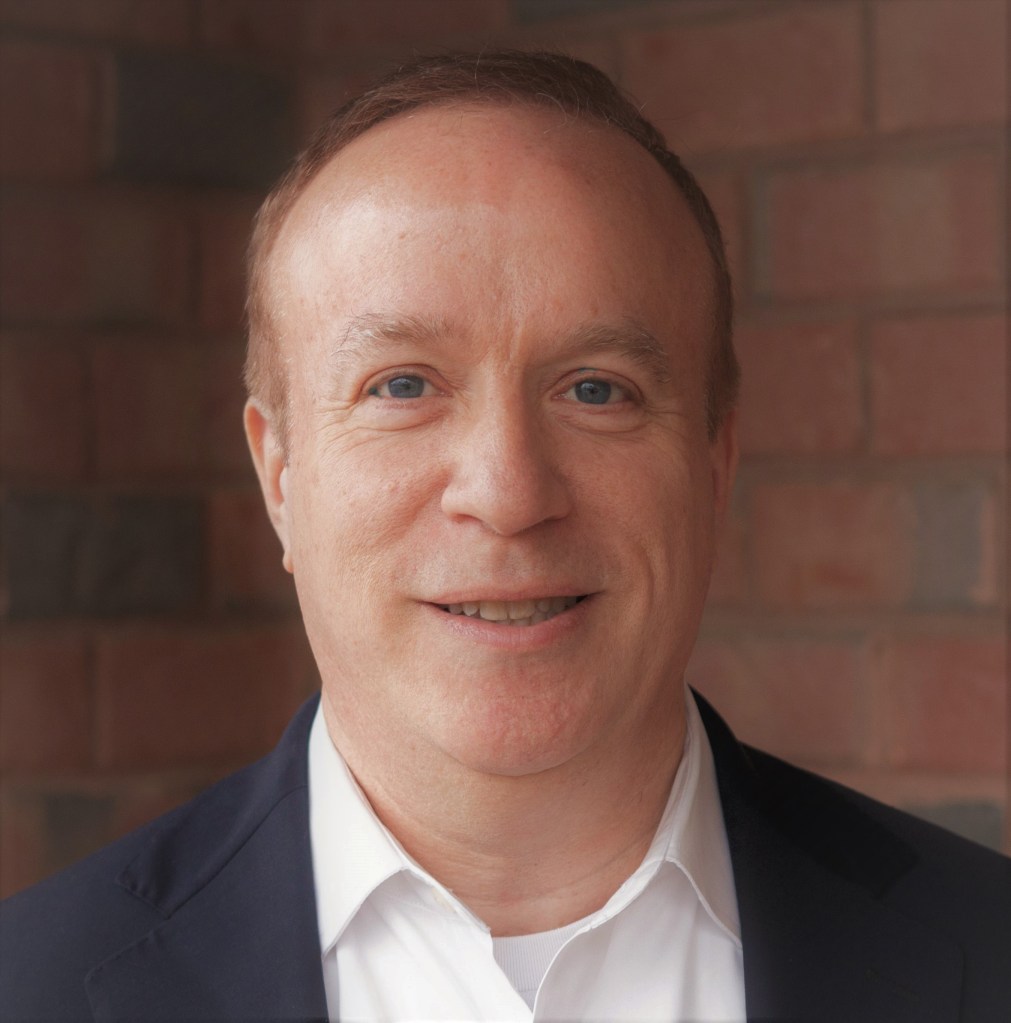HousingWire sat down with SoftWorks AI CEO Ari Gross to discuss touchless automation solutions and how SoftWorks AI plans to innovate in 2020.
HousingWire: What challenges are your clients trying to solve?
Ari Gross: The principal challenges we’re solving for clients relate to automating document-centric workflows in mortgage and other areas of digital lending. Specifically, we are looking at touchless automation of knowledge work in mortgage processing that includes pre-underwriting, underwriting, origination loan production, post-close DD and compliance, and enabling automation for secondary markets.
HW: How have client needs evolved over the past year?

AG: Initially, SoftWorks AI focused primarily on providing an automation solution for mortgage classification and data extraction. We were trying to maximize the data accuracy for both document classification and data extraction. We have evolved in the past 12 months into focused solutions in two related areas: touchless automation and cross-validation.
Essentially, most of our clients need to satisfy internal or client-based performance metrics or SLAs. As such, a solution that is 95% accurate will not satisfy an SLA with 99.5% accuracy requirements. Driving real touchless automation requires an understanding of data touchpoints, analytics and feedback models, so we’ve incorporated these technologies into our Trapeze platform.
Cross-validation (a discipline in statistics) requires understanding how local instantiations of a data value need to be consistent with a global value. Specifically, variations of data elements found on different forms and within a form can either enhance our confidence in data accuracy or force manual validation. Cross-validation checks for both intra- and inter-form dependencies to minimize any human touchpoints in processing a loan.
HW: How does SoftWorks AI meet clients’ needs and challenges?
AG: Our focus in maximizing value to clients relies on a thorough understanding of client use cases. Specifically, we need to design an automation solution (per use case) that streamlines current processes and delivers a hard ROI. We’ll utilize AI technology as a “means to an end” – delivering process automation and clear ROI – not the other way around.
The pitfalls include avoiding client problems that are too large and ill-defined, with no immediate positive “wins” in sight. A client “innovation team” may want a very large problem solved, rather than finding the first clear automation/digital transformation win for the company. We feel that, moving forward, clients have limited tolerance for risk and need to see the ROI associated with an automated solution within 6 months of going into production. So, finding a first automation win for a client is important in enabling the client’s innovation/transformation team into pursuing additional (usually larger) tasks/use cases to automate.
Typically, we’ll take a complex client problem and re-cast it as a phased-in process automation solution, with more immediate optimization goals and clear ROI wins along the way. Also, we’ll push our technology hard to deliver something very close to touchless automation. In our experience, any solution that still requires a significant degree of post-automation manual processing is hard to justify in an ROI sense. We typically look for a solution where the degree of touchless automation achieved is at least 75%.
HW: What was SoftWorks AI’s biggest accomplishment in 2019?
AG: SoftWorks AI’s biggest accomplishment in 2019 was increasing the scope of our mortgage solution to include underwriting and compliance.
Initially, as a computer vision and machine perception company in financial services, our focus was on super-accurate conversion of documents to structured, actionable data. We focused heavily on touchless automation. Not surprisingly, these capabilities led to additional opportunities to automate knowledge work in origination and MI underwriting and compliance. These additional mortgage solutions in underwriting and compliance are now available as part of our Trapeze mortgage platform.
HW: Where do you see automation headed in the future?
AG: As mortgage automation software continues to evolve, we see at least two use cases in the next 24 months with lots of growth potential. One use case is higher order knowledge work, while the second is front-end, client interactive automation. The first use case relates to aspects of mortgage knowledge work that are automatable in areas of underwriting and audit and compliance. So, for example, areas of origination underwriting where knowledge bots can be effective include Verification of Income (VOI), Verification of Assets (VOA) and Cash Flow Analysis.
With respect to front-end, client-interactive automation, we’re interested in determining (preferably in real-time) loan completeness. This includes constantly updating client views on loan status with respect to documents and data, i.e., what documents/data are still missing from the application. This provides more comprehensive client and lender views on loan status and, hopefully, will increase the percentage of loans that complete.
HW: What challenges do you foresee going forward into the new year?
AG: We see technology challenges in the areas of inter-operability and machine learning. Specifically, we have a solution suite that automates aspects of mortgage processing, but interacting with the current mortgage ecosystem is non-trivial. There are clients and systems that require API connectivity and Web GUI support. In theory, we’d like to communicate with all the mortgage processing platforms currently in use across the mortgage lifecycle, including origination, title, compliance, MI, secondary markets and servicing. So potentially communicating with all these systems is a high priority challenge for us in 2020.
HW: How does SoftWorks AI plan to innovate in 2020?
AG: SoftWorks AI plans to innovate in a few ways. Mostly, there are many use cases for process automation in the mortgage lifecycle, which account for part of the $9,000 cost to manufacture a US residential loan. We intend to have our Trapeze solution optimize for additional mortgage processes in 2020, including complex VOI underwriting, Verification of Assets, and post-close DD and compliance.
Technical innovation takes us in two different directions: computer vision and document-centric automation. The computer vision innovation is to minimize the performance gaps between human and machine performance in converting documents to actionable data. There are many examples where machines do not currently “see” all the available visual cues that humans do. Increasing touchless automation in the mortgage lifecycle involves closing the recognition gap between traditional OCR technology and human visual performance.
In addition, the rule that “the whole is greater than the sum of its parts” certainly applies in digital lending. Understanding the dependencies between documents that share mutual information can be utilized to drive significantly higher rates of touchless automation, in addition to ensuring that all the represented data is consistent and reliable.




